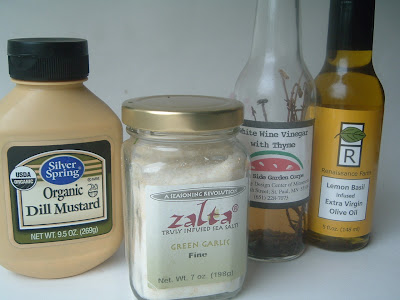I think the reason I love taking food challenges is because it provides a change of perspective. Most days I eat whatever I crave. If I want tacos and don't have the ingredients at home, I'll just go buy some tortillas, avocados, and salsa and make it happen. I just expect that whatever I want to eat will be available to me.
But when I place rules on what I am "allowed" to eat, I'm forced to rethink my food. And I stop taking it for granted. In only 5 days of eating locally, my thoughts about what to eat have changed. Instead of asking myself, "What do I want to eat", I think "What is there to eat".
While voluntarily taking an Eat Local challenge and choosing to be picky about our foods might be a very privileged action, I think it provides an opportunity to experience how those with less food choices live. Plenty of people in this world don't have choices about what they eat- they eat what is available. Whether taking an Eat Local Challenge or a
Food Stamp Challenge, learning to make do with what is available is valuable lesson to learn.
But even with some serious restrictions on what I "can" eat, there are plenty of food choices and privilege in my diet right now.
For lunch I had some great leftover
MN-style Sweet and Sour Tofu and this lovely sprout and cucumber salad with homemade hummus. Normally if I wanted a salad I'd pick out some favorite greens and some carrots maybe. I wouldn't usually choose to have a sprout, cucumber, and raw sunflower seed salad- but that's what's local, so I'm very thankful for these veggies (even if they aren't my favorites).

For dinner I made a creamy green garlic, cremini mushroom, and yukon gold potato soup.
 Creamy Potato and Mushroom Soup
Creamy Potato and Mushroom Soup2 Tbsp. olive oil (CA)
3 stalks of green garlic (MN), thinly sliced
2 yukon gold potatoes (WI), diced
1 1/2 cups cremini mushrooms, thickly sliced (WI)
3-4 cups unsweetened Organic Valley soymilk (Midwest region/WI)
salt and pepper to taste
In a medium saucepan, heat the olive oil over medium-high heat. Add the green garlic and saute until beginning to soften, about 2-3 minutes. Add potatoes and mushrooms and stir to combine. Lower heat to low and add the soymilk, just enough to cover. Simmer about 20 minutes or until the potatoes are tender and the mushrooms have released their liquid. Season to taste with salt and pepper. Serves 2.
 Three years ago I planted some catnip in the corner of our garden for Billie. As soon as he discovered it, he rubbed his [large] body over the plant until it was dead. The next year it came back and he did the same thing. This year I planted a ton of catnip so that he would have plenty and it has taken over the chard's space. So what does Billie do when I weed out his catnip?
Three years ago I planted some catnip in the corner of our garden for Billie. As soon as he discovered it, he rubbed his [large] body over the plant until it was dead. The next year it came back and he did the same thing. This year I planted a ton of catnip so that he would have plenty and it has taken over the chard's space. So what does Billie do when I weed out his catnip?
























